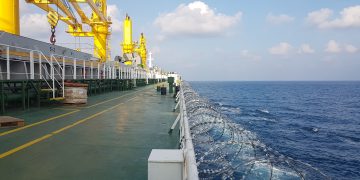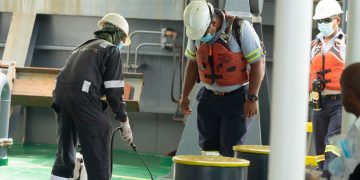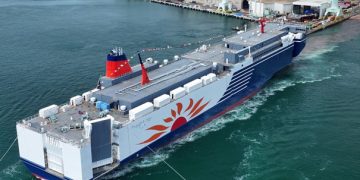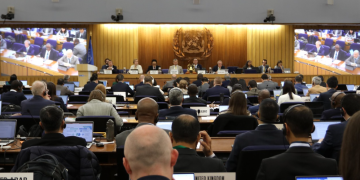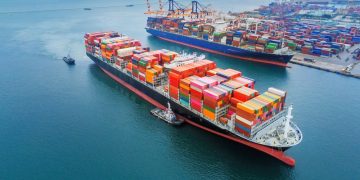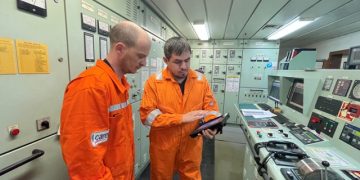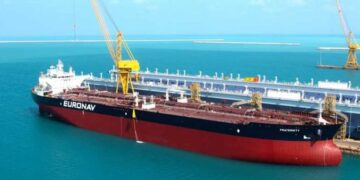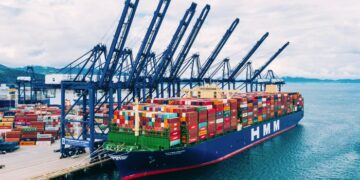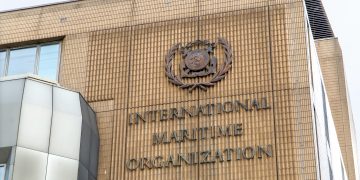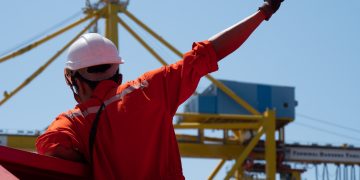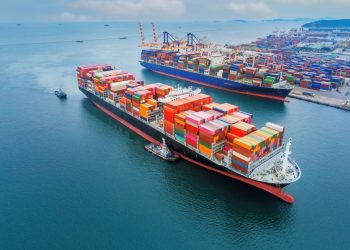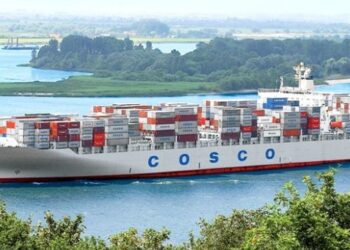Comprising the Maritime Silk Road and the Silk Road Economic Belt, the One Belt One Road (OBOR) concept, introduced in 2013 by the Chinese government, focuses on connectivity and cooperation between Eurasian countries on all fronts, infrastructure, trade, and joint investments aiming to a more efficient, green and sustainable transport through better logistic solutions.
The development strategy has grown significantly in just five years. As of July 2018, more than 100 countries and international organizations had signed the cooperation documents with China, expanding the scope from Eurasia to Africa, Latin America and the Caribbean, and the South Pacific region.
Chinese news agency Xinhua cited a timeline of key facts regarding the development of the initiative through these years:
- In the autumn of 2013, respectively in Kazakhstan and Indonesia, Chinese President Xi Jinping proposed the building of the Silk Road Economic Belt and the 21st Century Maritime Silk Road.
- The initiative’s top-level design has been completed, with basic structures set up. Important resolutions passed by the UN General Assembly and Security Council contain reference to it.
- On 8 Nov 2014, China announced 40 billion US dollars to set up a Silk Road Fund to support the Belt and Road projects.
- On 28 March 2015, China released the vision and actions on jointly building the Silk Road Economic Belt and 21st Century Maritime Silk Road.
- On 25 Dec 2015, the China-initiated new multilateral financial institution Asian Infrastructure Investment Bank was established.
- On 14-15 May 2017, the first-ever Belt and Road Forum for International Cooperation was held in Beijing, attended by state and government leaders of 29 countries. The more than 1,600 participants came from over 140 countries and 80 international organizations.
- On 24 Oct 2017, pursuing the Belt and Road Initiative was written into the Constitution of the Communist Party of China.
- About 95% of the 279 items on the outcome list of the Belt and Road Forum for International Cooperation had been accomplished as of July 2018. The 14 others are being worked on.
- As of 26 Aug 2018, the number of China-Europe freight trains has reached 10,000.
In the past five years, China’s trade in goods with countries along the Belt and Road exceeded 5.5 trillion USD. Chinese direct investment in the non-financial sectors of these countries reached 80 billion US dollars.
According to Xinhua, in the past five years, China has also set up 82 overseas economic and trade cooperation zones in countries along the Belt and Road, investing 28.9 billion US dollars and creating about 244,000 local jobs.
In the first seven months of 2018, Chinese companies raised investment in 54 countries along the Belt and Road. The 8.55-billion-USD newly added investment represented an 11.8% increase year on year. New construction contracts along the Belt and Road worth 57.11 billion USD.






